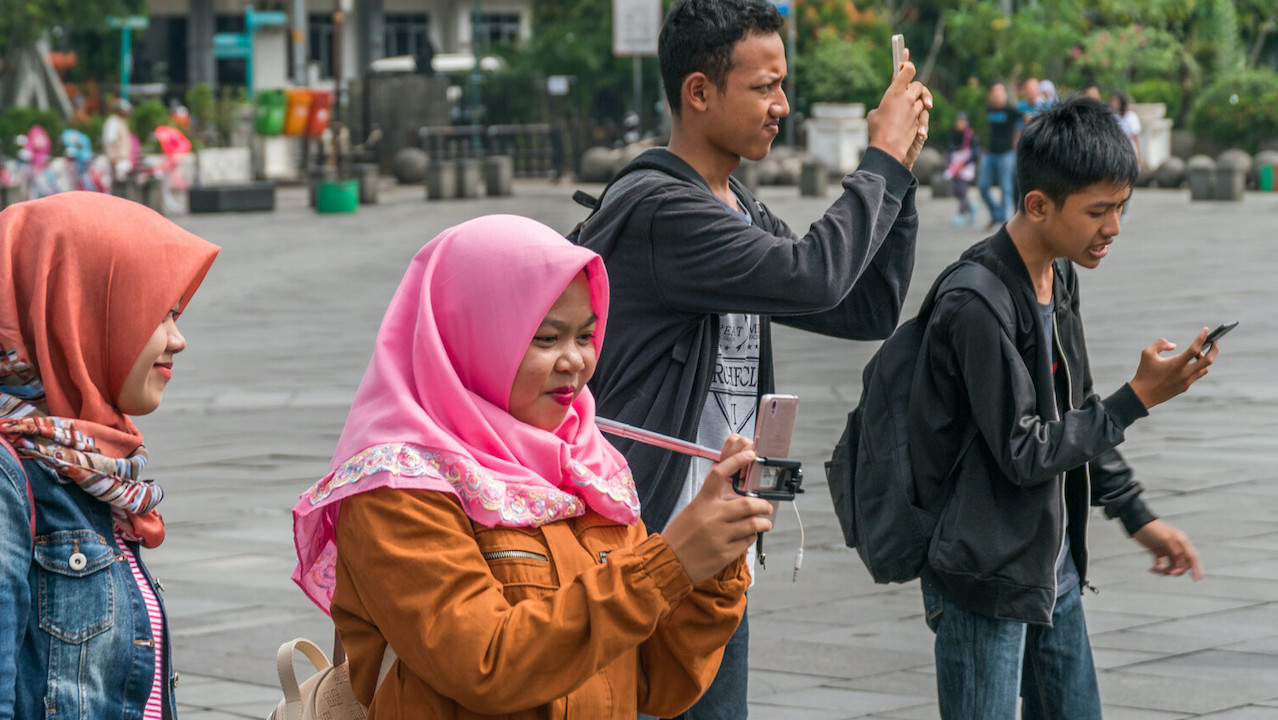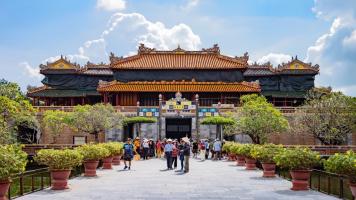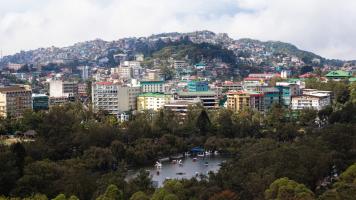How Makassar Is Putting People First in Goal to Become a Smart, Livable City

Communication Expert, Ramboll
Prioritizing "heartware" alongside hardware and software associated with technology is key in the local government's livable city plan.
This article is published in collaboration with Ramboll.
Like many port cities, Makassar is a thriving, highly urbanized trading hub with a diverse economy. Situated along the Makassar Strait in the South Sulawesi, the city is one of the largest in Indonesia. To stay on this progressive trajectory, while ensuring sustainable development, the local government has set its sights on becoming a world-class city, banking on a sombere—kindhearted—and smart city philosophy.
“Sombere means great hospitality, great humility, and great brotherhood,” said Makassar Mayor Moh. Ramdhan Pomanto in Bahasa Indonesia. “It is a Makassar word that has many meanings… and we combine this with smart city,” he added. The idea is to have what the government calls "heartware" alongside the hardware and software associated with technology, to make the city both smart and hospitable.
For the ASEAN Australia Smart Cities Trust Fund (AASCTF), this perspective of "putting people first" is the cornerstone of the Makassar Livable City Plan project.

Interventions
The Makassar Livable City Plan project is the first task order under the AASCTF program, which is funded by the Government of Australia, managed by the Asian Development Bank (ADB), and developed and implemented by global consulting firm Ramboll. The project intends to deliver a strategic citywide framework that integrates existing smart city plans, actions, and initiatives to support the city’s medium-term development plan. This will enable the local government to prioritize strategies and interventions that contribute to their sombere and smart, world-class city goal.
The plan has three main components. First, there is an urban situation assessment, which provides an understanding of the city, its challenges, and needs; second, an interactive urban development scenario report, which reviewed plans and projections for city development; and third is the centerpiece of the project—the Makassar Livable City Plan (MLCP), which builds on the first two components and comprises an extensive package of plans, smart tools and platforms, a document library, instructional videos, and a stakeholder engagement report.
Stakeholder engagement was essential in developing the suite of information and tools. About 2,104 residents participated in a survey conducted in five select districts. The survey enabled citizens to feel involved in the development of their city by allowing them to share their views on the quality of and access to services. The AASCTF team, meanwhile, was able to gauge the perceptions and priorities of people across different demographic groups, which helped in identifying interventions that the city can consider as part of Makassar's livable city plan. According to the results (which have been developed into an online dashboard), flood early warning systems, safe streets, and fire hazard and rescue are among the most important services to improve.
Arifuddin Rahman, one of the respondents and a city resident, welcomed the survey. “This kind of survey has actually never been done here before, so I think that’s very good… I hope all of the plans can be done, so development can go well.”
The livable city plan includes recommendations as well as the tools and ensuing analysis that back those plans. Ur-scape, the web-based GIS platform developed by the Future Cities Laboratory in Singapore, and INDRA Makassar, a digital climate resilience platform created by Australia’s Commonwealth Scientific and Industrial Research Organisation, provide digital tools for visualizing spatial data for more informed urban planning. The city, for example, can better assess future risk areas (for example, risks due to inundation from sea-level rise) when deciding infrastructure investments.
Even better perhaps, there is a digital dashboard that provides an interactive tool containing 64 concrete measures that the city can implement to help reach its vision. Ramboll has evaluated all 64 smart city interventions and integrated comparative scoring into a simple digital interface that allows the user to select interventions or groups of interventions based on complexity, timeframe needed, private investment attractiveness, and level of benefit per sector. Each intervention also has a corresponding city government ranking, which highlights key priorities including digital technology capacity building, data management and security, and integrated digital applications to support governance and public services.
“The Makassar Livable City Plan is a unique undertaking, for the breadth and depth of the work involved to produce a strategic framework that utilizes digital technologies to build local capacity and support the government’s vision for a smart and livable city,” said Craig Niles, principal for urban planning at Ramboll Australia and team leader of the AASCTF Makassar project. “The prioritization tool is one highlight of this, as it aims to strengthen collaboration between agencies in Makassar, promote an integrated or systems approach to urban planning, and maximize the multi-sectoral benefits from the interventions pursued."
Results and impact
The response from the city has been encouraging, from the citizen survey to the Urban Situation Assessment and Urban Development Scenario reports, and with the potential next phase of the Makassar project already in discussion. While the livable city plan has only been recently finalized and handed over, AASCTF may soon be working on capacity building to support the Makassar City Government build its digital skills and capabilities. Future tasks may include supporting data management via a digital city ecosystem, which focuses on establishing a scalable, comprehensive database for Makassar that can power a range of applications to support public services and smart livable city initiatives.
Makassar Mayor Moh. Ramdhan is optimistic about the project. “We have high hopes that the ASEAN Australia Smart Cities Trust Fund will be able to help Makassar City, since we need a lot of support in smart city development and sustainable technology."
This article was first published by global architecture, engineering, and consultancy Ramboll in April 2022 as part of the AASCTF Annual Progress Report 2021. Read the original article.

Elga Reyes
Communication Expert, RambollElga Reyes has been working in the sustainability and international development sectors for nearly a decade. Prior to Ramboll, she served as a communications consultant for the Asian Development Bank (ADB).

Ramboll
Ramboll is a global engineering, architecture and consultancy company with more than 18,000 experts that create sustainable solutions for governments and companies all over the world.

